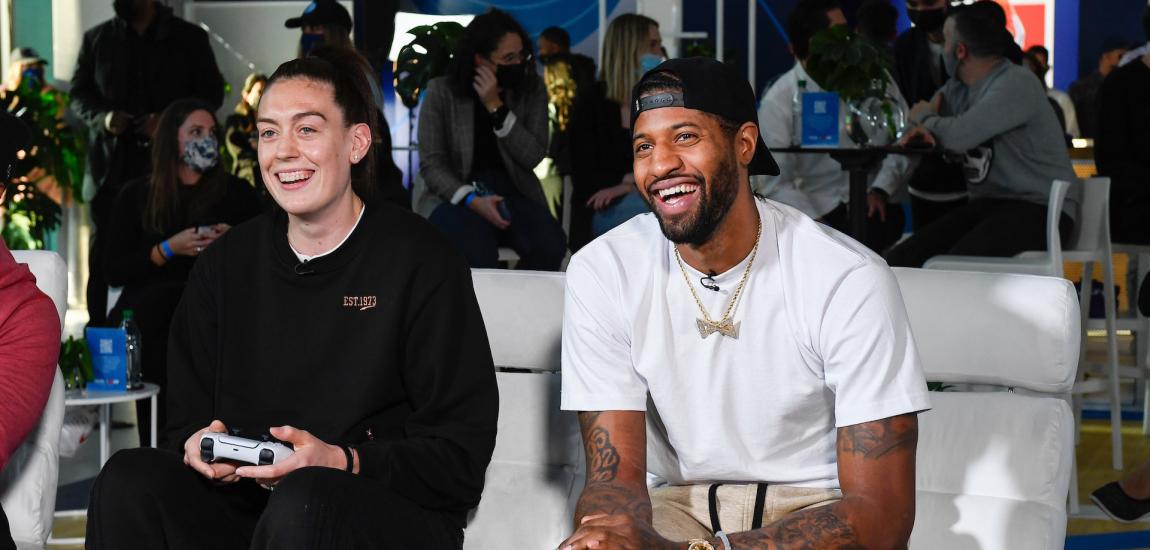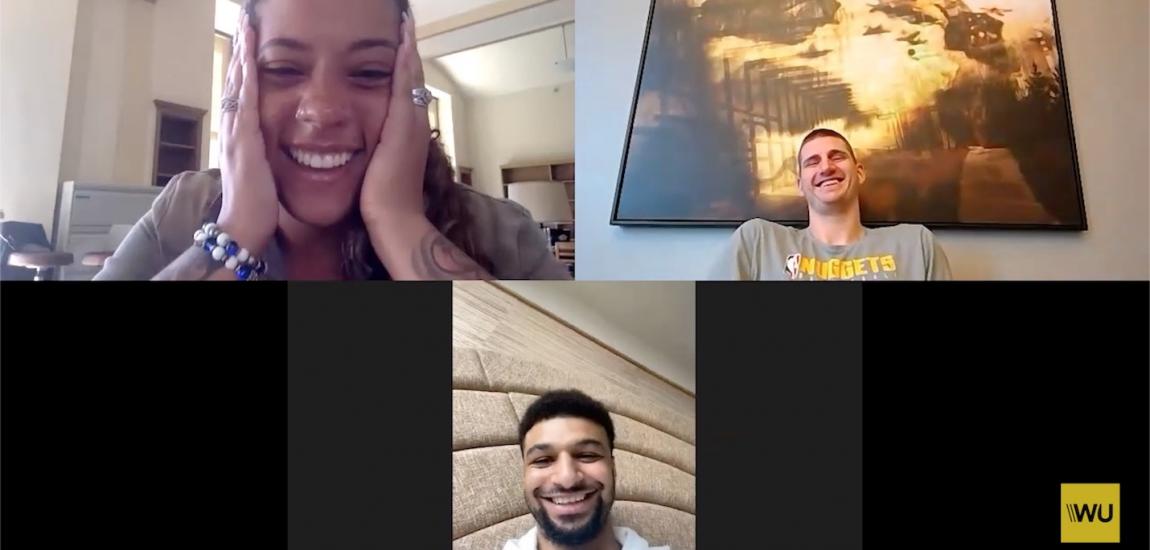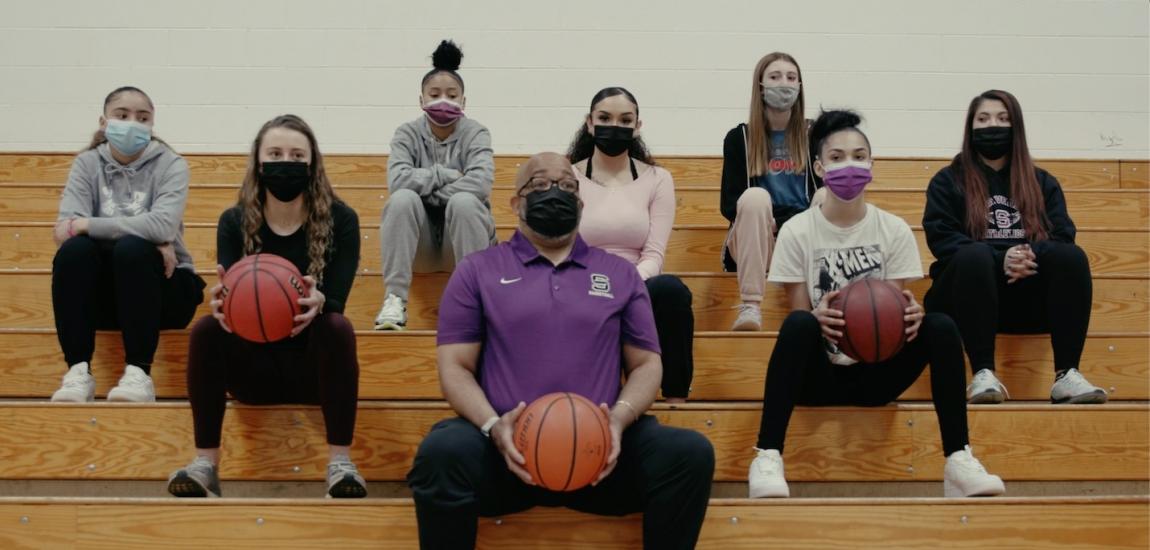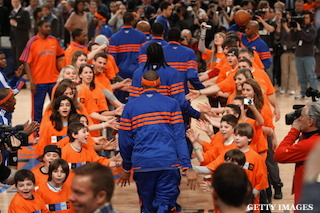
Five years. That's roughly the average length of a professional athlete's career in their respective major sports league. In some cases, that's an overestimation -- the NFL Player's Association pegs the average NFL career at just 3 1/2 years.
We know and care about the players who have successful, long careers, where their faces are planted on fans' walls for years and years to come. Many that play alongside them, though, deal with the less-heralded ending to the story. They've dedicated their lives to sports and after a few short years, find themselves completely removed from its world, trying to figure out what comes next.
There's been a lot written about the plights and financial struggles of athletes after they're out of sports. Many of these guys are young -- late 20's, not even at the peak of their career before they're cut or retired. That competitive edge doesn't just fade away. It can be hard to move on, and even harder to find something to move on with.
With the launch of the U.S. Pro Athlete Enterprises, CEO Carl George thinks he has a viable solution.
The USPA, a sports and marketing business built around ex-athletes from the NBA, NFL, NHL and MLB, is an opportunity for now-retired athletes to continue their involvement in the sports world in different, unique ways. Its goal, as George said, is "to extend the careers of professional athletes."
One particular method of doing this is the USPA Extension Basketball League, which is set to launch in the summer of 2014. The league will be home to former NBA players who are one to four years removed from the sport, and will give those players a chance to not only keep doing what they love, but stay connected with fans, the community, and increase their own profile in the process.

The USPA has a relationship with the NBA Players Association as well as the Retired Players Association, George said. There's no direct connection with the NBA. But they have worked with NBA Television on a deal to have their games broadcast in July and August. Players involved in the Extension League will be compensated per appearance, which includes the opportunities for additional marketing and basketball events as well as the games themselves.
An integral part of the USPA is the way that the opportunities are split into all different age levels. In this summer basketball league, for example, the players will be the younger guys just out of the league, but there will also be coaching opportunities for those who have been retired for a bit longer. One notable coach is former Knicks star John Starks, who will be leading the league's New York team next summer.
"I know how hard it is to transition from player to everyday life, " said Starks, who played in the NBA for 14 year. "You've been playing basketball your whole life, you're not thinking about business after the game is done. This was an opportunity for players to be in front of people and gain some valuable knowledge from a business standpoint."
Not only should Starks' presence draw the fans in the New York area, it'll also allow him to get closer to the game and the players again. Starks currently works as alumni relations and fan development advisor with the Knicks front office, so he has been able to successfully navigate the business world after sports, and can pass along some of those lessons.
The league -- which George stresses is a "compatible" league that takes place during the summer as to avoid any conflict whatsoever with the NBA's schedule -- will be broken up into two divisions with eight teams in each division.
They will play 14 games in July and August, seven home and seven away, with a championship tournament in September. The markets are New York, Boston, Philadelphia, Washington, Miami, Atlanta, Minneapolis, Detroit, Chicago, Houston, Dallas, Denver, Phoenix, Los Angeles and San Francisco. George says he expects 5,000-6,000 fans at a home game in a city like New York, which will play its games at locations such as St. John's and Rutgers.
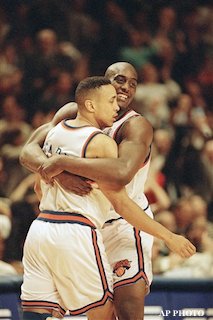
The key to that attendance? Besides guys like Starks on the sidelines, George says it's the affordability ($25 per ticket), and the possibilities for a really interactive fan experience. "We'll do a shoot-around with the kids who are under the age of 15 before the game," he says. "We'll host a Players Dinner afterwards with both teams where fans can come and join. There are a lot of opportunities to get more involved."
That involvement doesn't end when the summer league does -- nor does it end with the 16 major cities chosen for teams. The teams will also travel to play exhibition games in cities that don't get the luxury of having an NBA team to root for. Little Rock, Arkansas, will get a chance to interact with former players through various exhibition games as well as charity appearances.
"Of the top 200 markets, 30 cities have NBA teams," George says. "That means there are 170 that don't. In those 170 cities, there are 140 million people. Places like Cincinnati or Louisville, they're all candidates [for these events.]"
Starks' old teammate, Anthony Mason, will be involved as well, although his focus will come on issues off the court. He'll be Vice President of Community, where it will be his job to help find those places where players can make a difference, whether it's hosting clinics or playing basketball in the park with fans.
"Anthony is a great friend of mine, and it's good to have him in this," Starks said. "He knows what an important impact former players and guys who made a name for themselves can have on the community itself. I think his role is going to be a very valuable aspect to the success of this league."

Hall of Famers like Walt Frazier will be involved as well, and will be available for heightened fan interaction that comes at a much larger price than the $25 basketball games. For those who can afford it, there will be chances through the USPA to buy special events with former stars, such as a week-long fishing trip with two or three Hall-of-Famers to Alaska, which gives older ex-players and their fans an opportunity to interact in the kind of ways that will be hard to find anywhere else.
That's the unique part of the USPA's efforts -- its ability to involve more than just one segment of former athletes and fans. The age spectrum is wide and George is doing everything in his efforts to hit every aspect of it.
Other notable former players involved with the launch of the USPA include Tim Hardaway, Jalen Rose, Maurice Evans and Jay Williams. So is former NFL receiver Ahmad Rashad, an executive at NBA TV.
In addition to basketball, there are ideas for developing similar leagues within the different sports, although the plans are not concrete yet. In the meantime, players from other sports can still get involved in the fan-interaction and community events that the USPA offers. Jay Fiedler and Antonio Pierce are among former NFL players committed to the project.
"We've age matched different events, different opportunities, whether it's a former NBA player coming out to a fantasy basketball convention or a former NFL or MLB player taking part in a charity golf outing, there are many non-sports based marketing events where fans can get access on a wider basis, especially the markets with no teams," George says. "For example, putting together a three-point clinic in St. Louis for grade school kids. It's an important community event, an important use of former players."
It's unclear how successful this will league will turn out to be, but it appears that the pieces are in place. Again, a lot has been written about the struggles former athletes face in their adjustment back into the real world after retirement. Now, with the launch and efforts of the USPA, there may be the chance for something very real to be done.
-- For additional information about the USPA, contact Indra Public Relations.

